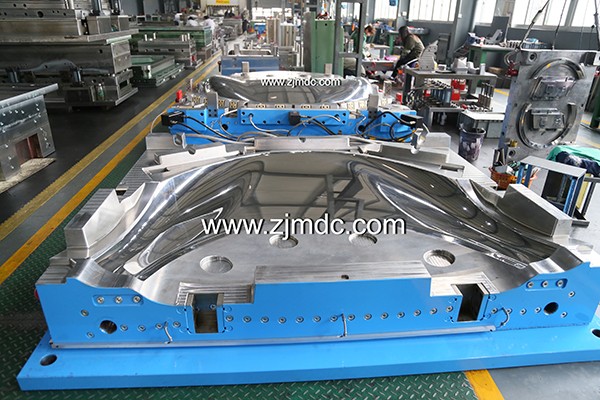
Specialize in Compression molds

Specialize in Compression molds
Manufacturing industries often rely on molding processes to produce components from polymers and composites. Two widely used processes, extrusion molding and compression molding, offer unique advantages and are suited to different applications. Although both techniques are essential in producing high-quality parts, they differ in material handling, processing, and the types of products they yield. In this article, we will explore the key differences between extrusion molding and compression molding, their respective advantages, and the ideal use cases for each.

Extrusion molding is a continuous manufacturing process used to produce long, uniform shapes such as pipes, sheets, and profiles by forcing a material through a shaped die. The material, which is typically a polymer or composite compound, is heated to a specific temperature and then extruded through a die that forms it into the desired profile. Once extruded, the material is cooled and cut into the desired length.
Compression molding is a batch process in which a pre-measured amount of material is placed into a heated mold cavity. The mold is then closed under high pressure, forcing the material to flow and fill the mold. Once the material has filled the cavity, it is cured or hardened inside the mold, resulting in a finished part. Compression molding is commonly used for thermoset plastics, rubber, and composites.
| Feature | Extrusion Molding | Compression Molding |
|---|---|---|
| Process Type | Continuous | Batch Process |
| Material Form | Continuous feed (pellets, powders) | Pre-measured amount placed into a mold cavity |
| Pressure Applied | Low to moderate pressure | High pressure |
| Material Types | Thermoplastics, composites, metals | Thermoset plastics, rubbers, composites |
| Shape of the Product | Uniform, continuous profiles (pipes, sheets) | Complex, detailed shapes (automotive parts, gaskets) |
| Production Rate | High, continuous production | Moderate, batch-wise production |
| Tooling Costs | Low after die creation | Higher, especially for complex parts |
| Waste Produced | Minimal, except for edge trimming | Minimal, as pre-measured material is used |
Choosing between extrusion molding and compression molding depends on several factors such as material type, part complexity, and production volume. If you need to produce continuous, simple parts like pipes or sheets, extrusion molding is the optimal choice. For parts requiring intricate details, high strength, or durability, such as automotive components or rubber seals, compression molding will be more suitable.
Extrusion molding and compression molding are both critical processes in the polymer and composites industry. While extrusion is well-suited for producing long, simple parts in high volumes, compression molding excels at creating intricate, high-strength components. Understanding the specific requirements of your project will help you determine which process best suits your manufacturing needs.
Contact US
Email: master@zjmdc.com
Tel: +86 576 84616076
Fax: +86 576 84616079
Mobile: +86 13906573507(Mr. Wang)
Address: No.116 mochuang road, Huangyan Xinqian street,Taizhou,Zhejiang,China